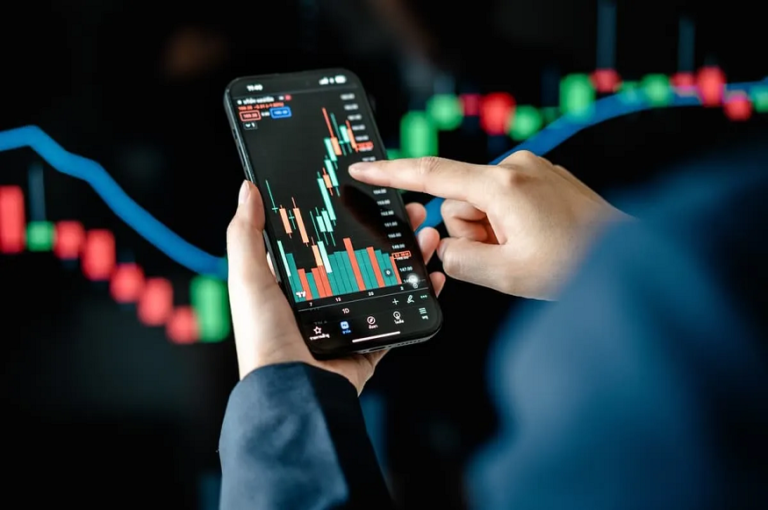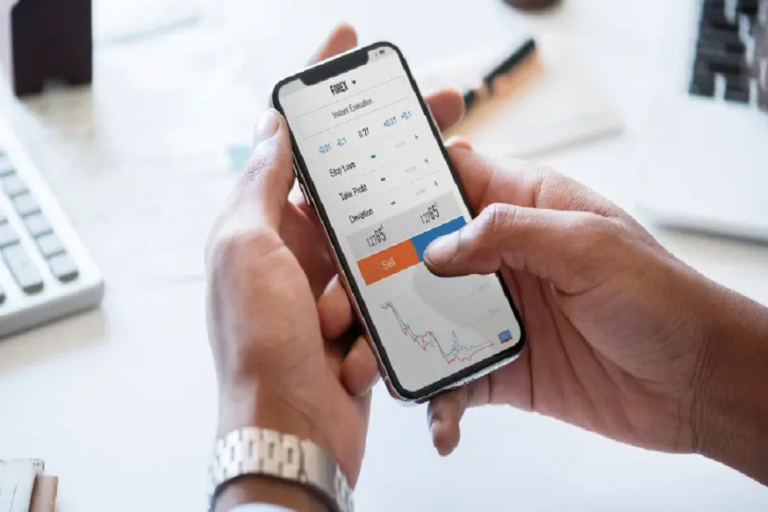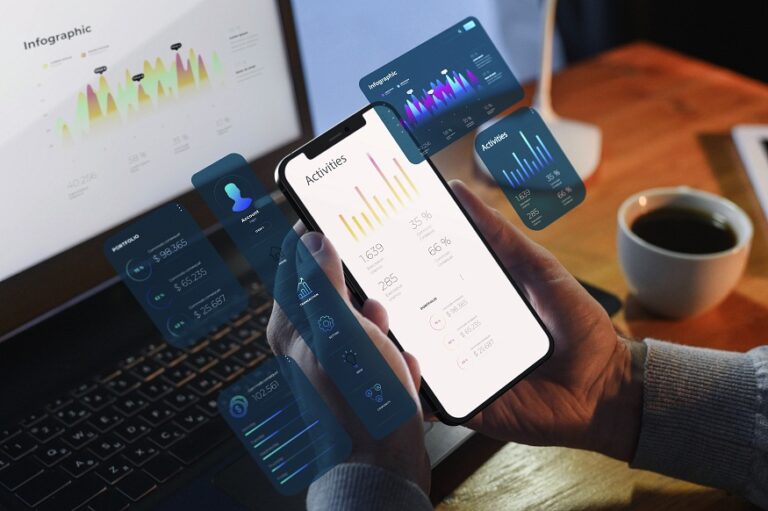Before understanding how to hedge in futures trading, first,let us understand what are futures trading..
What are Futures Trading?
Futures trading means trading contracts to make guesses about what the prices of things like commodities, currencies, or financial stuff will be in the future. These contracts make traders agree to buy or sell the stuff at a set price and date. This lets them make money from price changes, whether things go up or down, even if they don’t actually own the stuff. It’s a method for guessing what might happen in the market and protecting yourself from risk.
How to Hedge in Future trading?
Hedging in futures trading is a smart move used by investors and businesses to lower risk and keep themselves safe from unexpected price changes in different financial markets. It’s like having a backup plan. This risk-reduction method works by making opposite bets in futures contracts, often on the same or related assets. It helps cut down or even cancel out potential losses caused by market ups and downs. Hedging is crucial when markets are unpredictable and is used in many fields, from farming to finance. It’s a way to protect your money and make sure you’re ready for whatever the financial future holds.
How to Hedge using Futures trading?
Hedging using futures involves taking strategic positions in futures contracts to offset potential losses in other investments. Here’s a guide on how to hedge using futures trading:
Choose the Right Futures Contract: To start hedging with futures, you should begin by selecting an appropriate futures contract that aligns with the asset or risk you wish to protect against. For instance, if you’re concerned about the price fluctuations of stocks, consider using stock index futures as your hedging instrument.
Evaluate Costs: Keep in mind that engaging in futures hedging incurs certain expenses, such as margin requirements and trading fees. It’s crucial to factor these costs into your overall risk management strategy and budget.
Consult a Professional: If you’re new to futures trading or the concept of hedging, it’s advisable to seek guidance from a financial advisor or an expert well-versed in the intricacies of futures markets. Their insights can prove invaluable in making informed hedging decisions.
Many investors use a Demat account app to conveniently manage their holdings while engaging in futures trading to speculate on future market movements.
Identify the Risk: Before you initiate the hedging process, identify the specific risk you intend to hedge against. Whether it’s the fluctuation in commodity prices, currency values, or the overall market, clarity on your risk exposure is key.
Take Opposite Positions: Once you’ve identified the risk and chosen the appropriate futures contract, the next step involves taking positions in the futures market that move counter to your existing investments. If you hold a long (buy) position in an asset, establish a short (sell) position in the related futures contract, and vice versa.
Decide on the Hedge Ratio: Determine the ideal hedge ratio by assessing how many futures contracts are required to effectively offset your risk exposure. The hedge ratio depends on various factors, including the size of the futures contract and the scale of your investment.
Monitor and Adjust: Continuously monitor the performance of both your original investments and the futures positions. If the value of your investments changes, the futures positions should act as a cushion against potential losses. Be prepared to adjust the hedge ratio if market conditions evolve.
Close Out the Hedge: When you believe that the risk you’ve hedged against has diminished or your investment strategy has shifted, you can close out the futures positions. This entails taking positions opposite to your initial hedge.
Remember that while hedging is a risk management tool, its primary purpose is to protect against losses rather than generate profits. The effectiveness of your hedge depends on multiple factors, including market dynamics and the accuracy of your hedge ratio. Therefore, it’s essential to possess a comprehensive understanding and the futures market before engaging in hedging activities.
Conclusion
Hedging through futures trading is a potent risk management strategy that gives confidence in navigating dynamic financial environments. By strategically utilizing futures contracts, individuals and businesses shield themselves from adverse market shifts, safeguarding investments and financial stability. To unlock the full benefits of futures-based hedging, Proper consideration of risk exposure, futures selection, and vigilant position management is vital.














+ There are no comments
Add yours